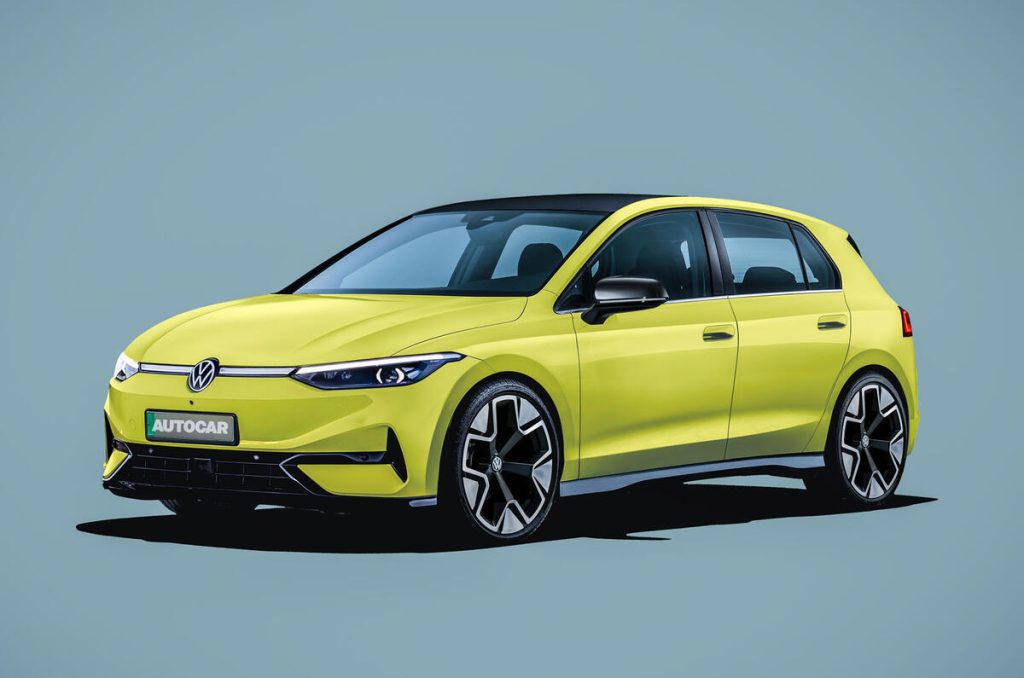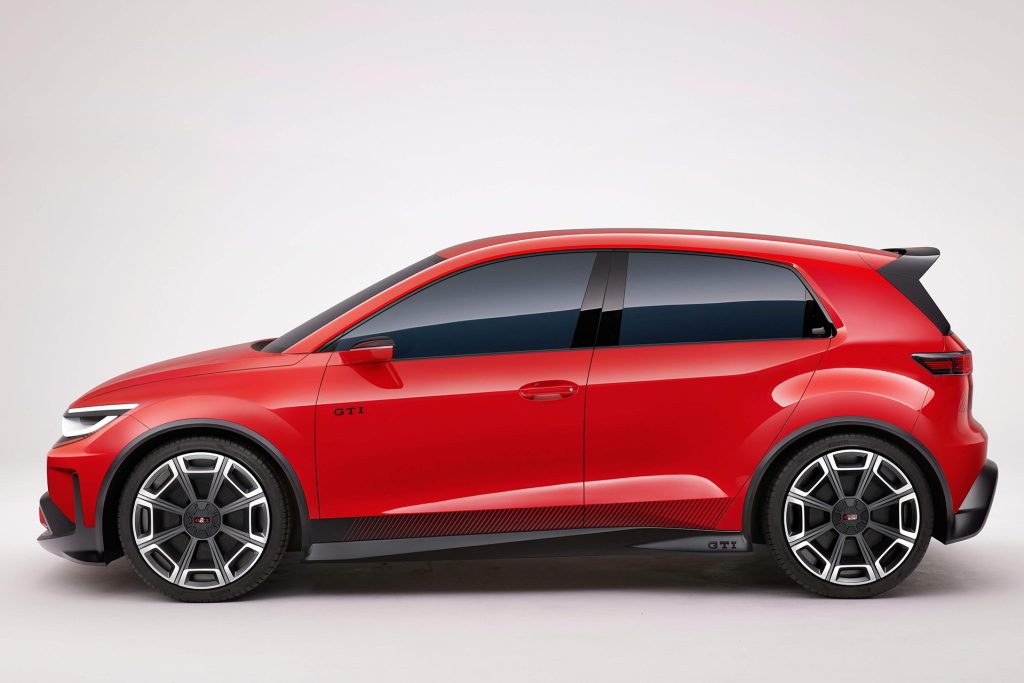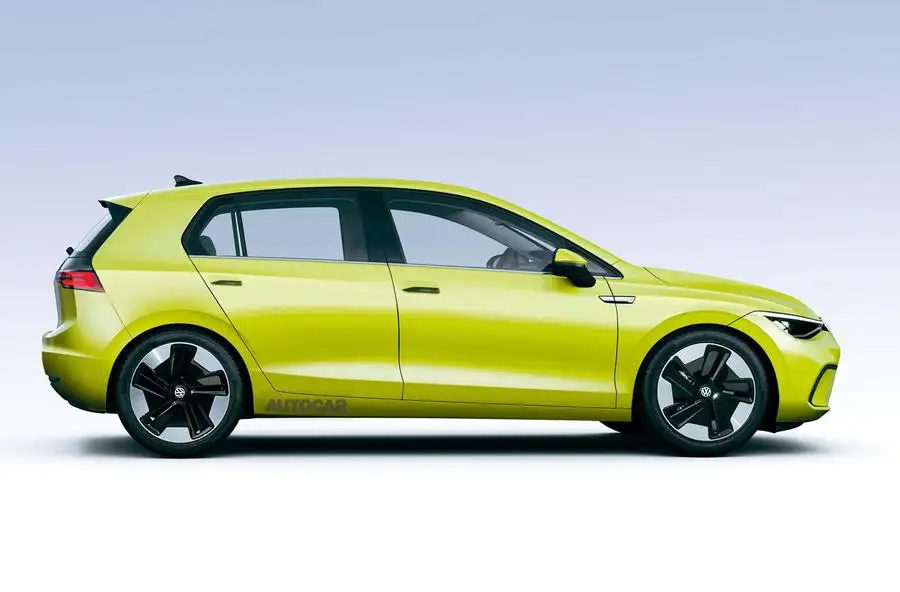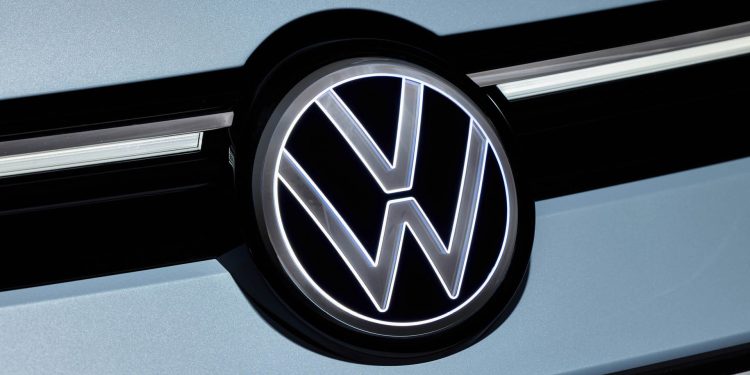More Volkswagen ID Golf details are emerging
Words NZ Autocar | Images Autocar UK, NetCarShow
The Volkswagen Golf is gearing up for a bold transformation in its ninth generation due out in 2028. To be known as the ID Golf, the new model will signal a high-tech rebirth for VW’s benchmark family hatch. It will blend classic Golf DNA with cutting-edge EV technology.

Unlike previous iterations, the ID Golf will be designed from the ground up as an electric vehicle. But petrol-electric plug-in hybrid variants will continue in parallel for a time.
Before then, VW’s electric revolution continues with its ID 2X compact SUV, and the production version of the ID 2all hatch. Both utilise the new MEB Entry platform, aiming for affordability. A sporty electric GTI version of the ID 2all is also coming.

These new models pave the way for the more advanced ID Golf, which will ride on the all-new SSP platform. This flexible architecture merges elements of VW’s MEB and PPE EV systems.
Expect the ID Golf to feature styling that will appeal to Golf fans, without being too retro. VW design boss, Andreas Mindt, is aiming for a fresh but faithful take on the Golf’s core traits. Expect a sleeker body that retains a clear lineage to past Golfs.
Interior improvements will also mark a major shift from the current Mk8.5 version. VW is committing to the return of physical controls for core functions after its foray into haptic touch sliders and steering wheel buttons proved a turn off. This return to tactile usability is part of a broader push under CEO Thomas Schäfer to reinfuse the brand with emotion and trust.

Rivian-co-developed software architecture is set to underpin the ID Golf. The system is designed for efficiency, adaptability, and over-the-air (OTA) updates. This so-called zonal software platform will reduce the number of processors while improving system integration and responsiveness. It will also enable real-time updates and enhancements even after the vehicle is sold. Even aspects like handling and braking are evidently modifiable over the air.
The software’s flexibility will also empower performance variants of the ID Golf. GTI and R versions are expected. The GTI will remain front-wheel drive, while the R variant will likely go dual-motor AWD. However, the R will prioritise agility and driving fun over brute force. This is a departure from the heavier GTX-badged ID models.

Production of the ID Golf will take place at Wolfsburg, the Golf’s birthplace since 1974. To make room for this EV shift, ICE production will move to Mexico in 2027.
The current Mk8.5 Golf will continue to be sold alongside the ID Golf, but in Europe and the UK it will be available only as a plug-in hybrid. It too will be phased out in 2035.
The ID Golf is not intended to replace the ID 3. Each will target slightly different customer bases. Beyond the ID Golf, VW’s EV overhaul will continue with a new SUV expected to succeed the ID 4. Think Tiguan in electric form.

The ID Golf then will become a flagship of sorts for a new era, redefining it for a future shaped by electrification, advanced tech, and the rekindling of driver-focused design.





